SOURCE: AFI
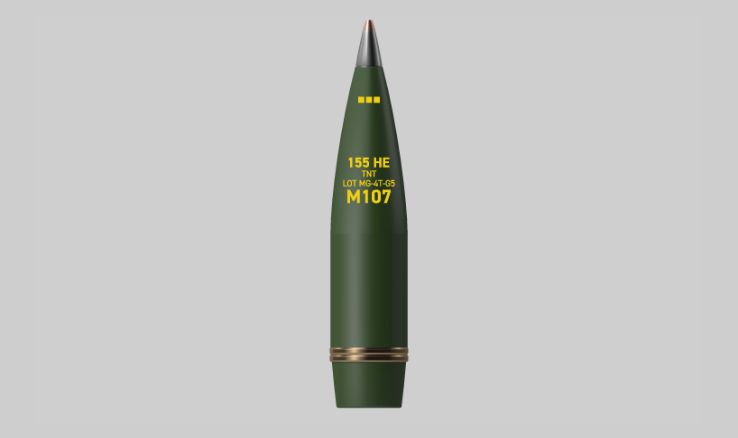

In a significant development, Globe Forge Limited (formerly Nibe Ordnance Global Limited), a subsidiary of the Company, has encountered a roadblock in its plans to supply 155mm M107 empty shells to Munition India Limited (MIL). Following an earlier announcement on June 14, 2024, regarding the receipt of a Letter of Intent (LOI) from MIL for the supply of these artillery shells to its global customers, the Company has now received communication from MIL stating that the LOI has been canceled. This update aligns with the disclosure requirements under Regulation 30 of the SEBI (Listing Obligations and Disclosure Requirements) Regulations, 2015.
The cancellation stems from the termination of the original contract between MIL and its ultimate buyer. According to the communication from MIL, the Competent Authority has decided to nullify the LOI dated June 14, 2024, with no liability or claims arising against MIL as a result of this decision. This abrupt reversal marks a setback for Globe Forge Limited, which had positioned itself to contribute to India’s growing defense export ecosystem through this deal.
Continue readingSOURCE: AFI

The Indian Digital Combat Simulator (DCS) community has been buzzing with excitement and anticipation following a recent article published by idrw.org titled, “Why the Indian-Made LCA Tejas Is Absent from DCS World Modules.” The piece highlighted the absence of the indigenous Light Combat Aircraft (LCA) Tejas in the popular flight simulation platform DCS World, sparking a wave of enthusiasm among Indian aviation enthusiasts and virtual pilots. In response, members of the community have reached out to idrw.org, urging the Indian Air Force (IAF) to provide detailed information about the LCA Tejas Mk1A to enable the creation of a realistic module for the simulator.
DCS World, developed by Eagle Dynamics, is renowned for its highly detailed and authentic military aircraft simulations, offering players an immersive experience with meticulously modeled cockpits, flight dynamics, and weapon systems. While the platform boasts an impressive lineup of aircraft from around the globe, the absence of the LCA Tejas—a cornerstone of India’s aerospace ambitions—has left Indian fans yearning for representation.
Continue readingSOURCE: AFI


In a recent incident that piqued the interest of Indian defense enthusiasts, a bulletproof tractor was spotted advancing toward an encounter site, leading to widespread confusion and speculation. The unusual sight of an armored agricultural vehicle in a combat zone raised eyebrows and triggered discussions across online forums and social media platforms. However, the mystery was soon unraveled: the tractor belongs to the Border Security Force (BSF) and serves a far more mundane—yet vital—purpose than engaging in combat operations.
Contrary to initial assumptions, this bulletproof tractor is not a new weapon in the BSF’s arsenal but a specialized tool designed for farming-related activities along India’s sensitive borders. At the Line of Control (LoC) and the International Border (IB), vast stretches of Indian farmland lie beyond the security fences, often in close proximity to hostile territories. These areas, while fertile, have historically been difficult to cultivate due to the constant threat of cross-border firing and infiltration. To address this, the BSF employs bulletproof tractors to assist farmers in tilling their fields safely, ensuring agricultural productivity even in volatile regions.
Continue readingSOURCE: RAUNAK KUNDE / NEWS BEAT / IDRW.ORG


In a landmark move to accelerate the development and production of India’s fifth-generation fighter, the Advanced Medium Combat Aircraft (AMCA), Hindustan Aeronautics Limited (HAL) has issued an Expression of Interest (EOI) inviting Indian private firms to collaborate as Joint Venture (JV) partners. This initiative, announced in early 2025, aims to harness private sector expertise and capacity to manufacture AMCA assemblies, marking a significant step toward self-reliance in India’s aerospace sector. With HAL anchoring the project and private firms playing a pivotal role, the collaboration promises to reshape the country’s defense manufacturing landscape.
The proposed JV will see HAL partnering with four Indian private companies, with equity stakes clearly delineated: HAL will hold a commanding 50% share, while each of the four partners will contribute 12.5%. This structure ensures HAL retains strategic oversight while distributing manufacturing responsibilities across a consortium of capable firms. The AMCA, a stealth multirole fighter designed by the Aeronautical Development Agency (ADA) and DRDO, is a complex platform requiring advanced engineering and modular construction—attributes the JV aims to address through a division of labor.
Continue readingSOURCE: RAUNAK KUNDE / NEWS BEAT / IDRW.ORG


The Tejas MkII fighter jet program is set to receive major technological upgrades that will allow the aircraft to undergo regular software enhancements, significantly improving its operational efficiency. According to an official from the Aeronautical Development Agency (ADA), the Tejas MkII will be equipped with advanced mission computers and processing systems capable of absorbing software updates at frequent intervals. This development will eliminate the traditionally slow and painstaking update process, which often takes months to implement.
The new software architecture of the Tejas MkII will enable the Indian Air Force (IAF) and Hindustan Aeronautics Limited (HAL) to roll out regular updates aimed at refining aircraft performance and integrating newer sensors. ADA engineers have confirmed that the upgrade cycle could be as frequent as weekly, reducing dependency on major software overhauls that previously required extensive testing and validation before deployment.
Continue readingSOURCE: RAUNAK KUNDE / NEWS BEAT / IDRW.ORG
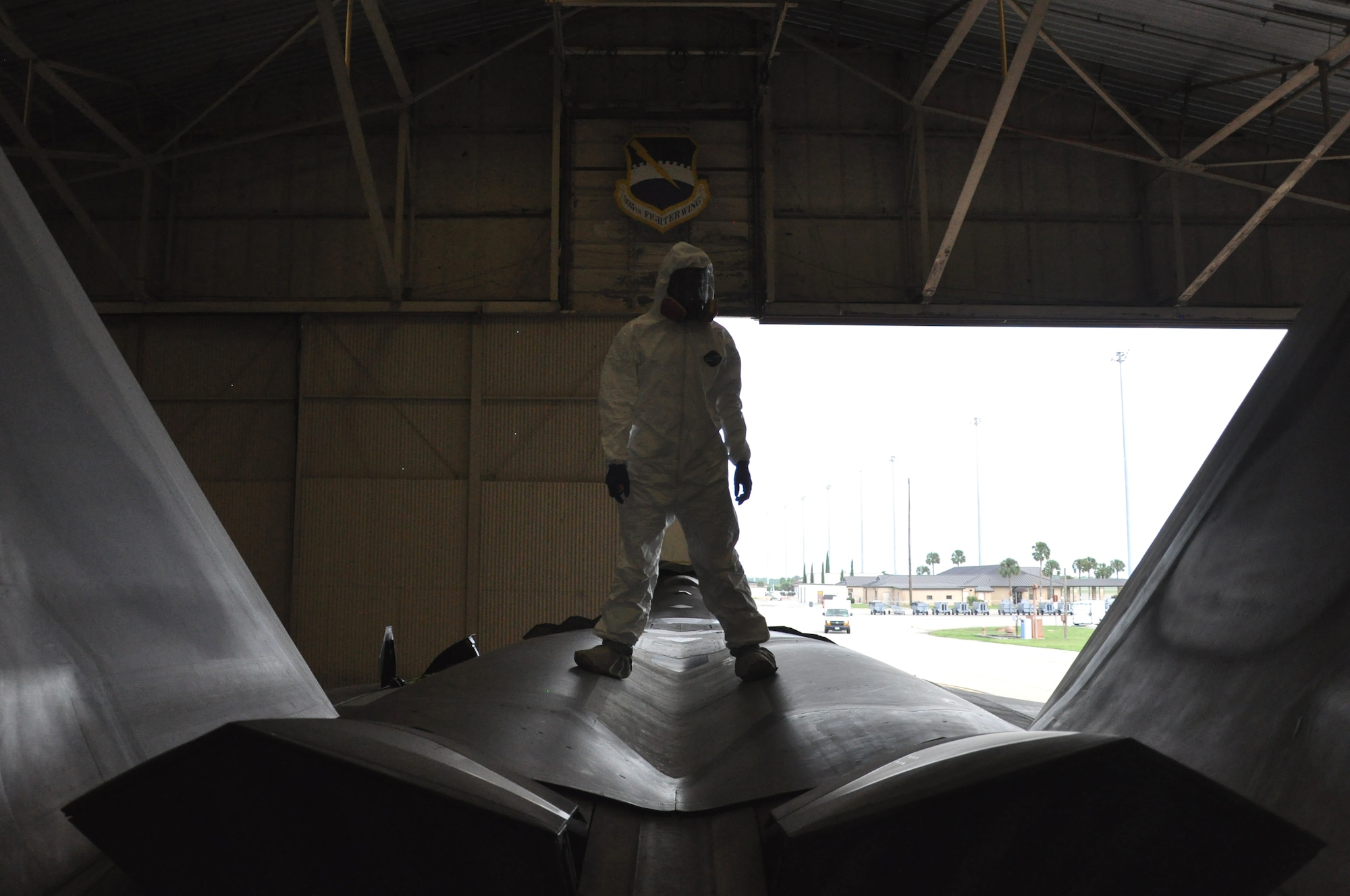

India’s Defence Research and Development Organisation (DRDO) has achieved a breakthrough in the maintenance of stealth technology with the development of specialized chemical handling processes tailored for the Advanced Medium Combat Aircraft (AMCA), the nation’s fifth-generation fighter jet. Unlike conventional aircraft that rely on routine washing and upkeep, the AMCA’s advanced stealth coatings demand a unique approach to ensure their longevity and effectiveness, a challenge DRDO has addressed head-on as the jet nears its developmental trials.
The AMCA, designed by the Aeronautical Development Agency (ADA) under DRDO’s oversight, is poised to be India’s first stealth fighter, featuring a low Radar Cross Section (RCS) achieved through a combination of airframe shaping and radar-absorbent materials (RAM).
Continue readingSOURCE: AFI


The Ministry of Defence (MoD), Government of India, has launched a procurement initiative to acquire 11 Rigid Hull Boats (Amphibious) or RHB (Amph), inviting prospective bidders to participate in the process. This unique acquisition aims to bolster the Indian armed forces’ capabilities with a versatile, dual-purpose vessel designed to operate seamlessly both at sea and on land. The RHB (Amph) is poised to become a critical asset for operations in diverse environments, from open waters to shallow creek areas, reflecting India’s growing emphasis on adaptable and rugged military equipment.
The RHB (Amph) is envisioned as a high-performance amphibious boat that doubles as a motorable vehicle on land, a hybrid design tailored to meet the operational demands of India’s coastal and inland waterways. Its proposed deployment includes maritime missions as well as support in shallow creeks—regions where traditional boats or land vehicles alone often fall short. This dual functionality makes it ideal for rapid response, troop transport, or logistics in areas like the Andaman and Nicobar Islands, Gujarat’s creek-laden borders, or the Sundarbans, where seamless transitions between water and land are essential.
Continue readingSOURCE: AFI
)

The Ministry of Defence (MoD), Government of India, has issued a Request for Information (RFI) to procure approximately 7,050 hours of simulator training annually for the Advanced Light Helicopter (ALH) Mk-III and ALH-WSI (Weapon System Integrated) skid versions. This ambitious initiative, structured on a “pay-as-you-use” basis, aims to enhance the operational readiness of Indian Army Aviation, Indian Air Force, Indian Navy, and Indian Coast Guard (ICG) pilots. The RFI, which includes a commitment from the ICG, seeks vendors capable of delivering a comprehensive package encompassing Full Flight Simulator (FFS) training, maintenance support, and instructor services under a Build, Operate, Train, and Maintain (BOTM) model.
The ALH Mk-III and ALH-WSI, indigenously designed by Hindustan Aeronautics Limited (HAL), are versatile platforms deployed across India’s armed forces for roles ranging from search and rescue to anti-submarine warfare and armed reconnaissance. The RFI outlines a simulator training program designed to replicate real-world flying conditions with near-realistic fidelity. The FFS must simulate all helicopter systems—both on the ground and in flight—enabling crews to practice normal, abnormal, and emergency procedures as outlined in the Flight Manual. Additionally, it must cover scenarios not explicitly detailed in manuals, such as brownout (dust obscuring vision), snowout, and vortex ring state, ensuring aviators are prepared for unpredictable challenges.
Continue readingSOURCE: AFI
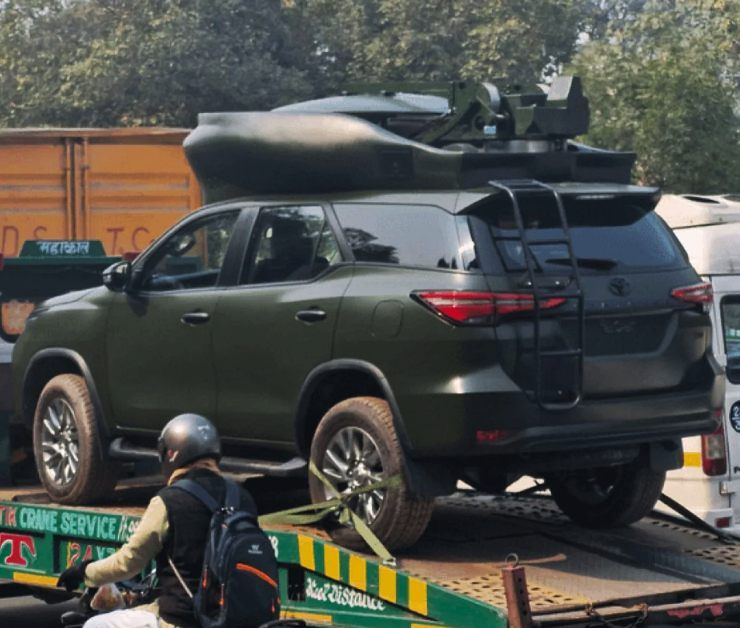

In recent days, the internet has been abuzz with images of a fleet of matte olive green Toyota Fortuners, a sight that stands out from the usual SUVs cruising city streets. These aren’t your everyday Fortuners, blending into the traffic of daily commutes. Instead, they sport an intriguing and massive bulging carrier mounted on their roofs, prompting widespread speculation about their purpose and ownership. For those wondering about the story behind these unique vehicles, here’s what we’ve uncovered.
The standout feature of these Fortuners is the oversized roof-mounted bulge, which isn’t just for show. It’s a specialized satellite communication system, a modification that hints at a highly specific and rugged purpose. Sources suggest that these SUVs are likely commissioned for the Indian military, particularly its special forces, designed to operate in remote regions where conventional networks are unreliable or nonexistent. This isn’t the first glimpse we’ve had of these vehicles—earlier images revealed another striking detail: the rear seats have been entirely removed to make way for advanced communication equipment tailored for military use.
Continue readingSOURCE: AFI
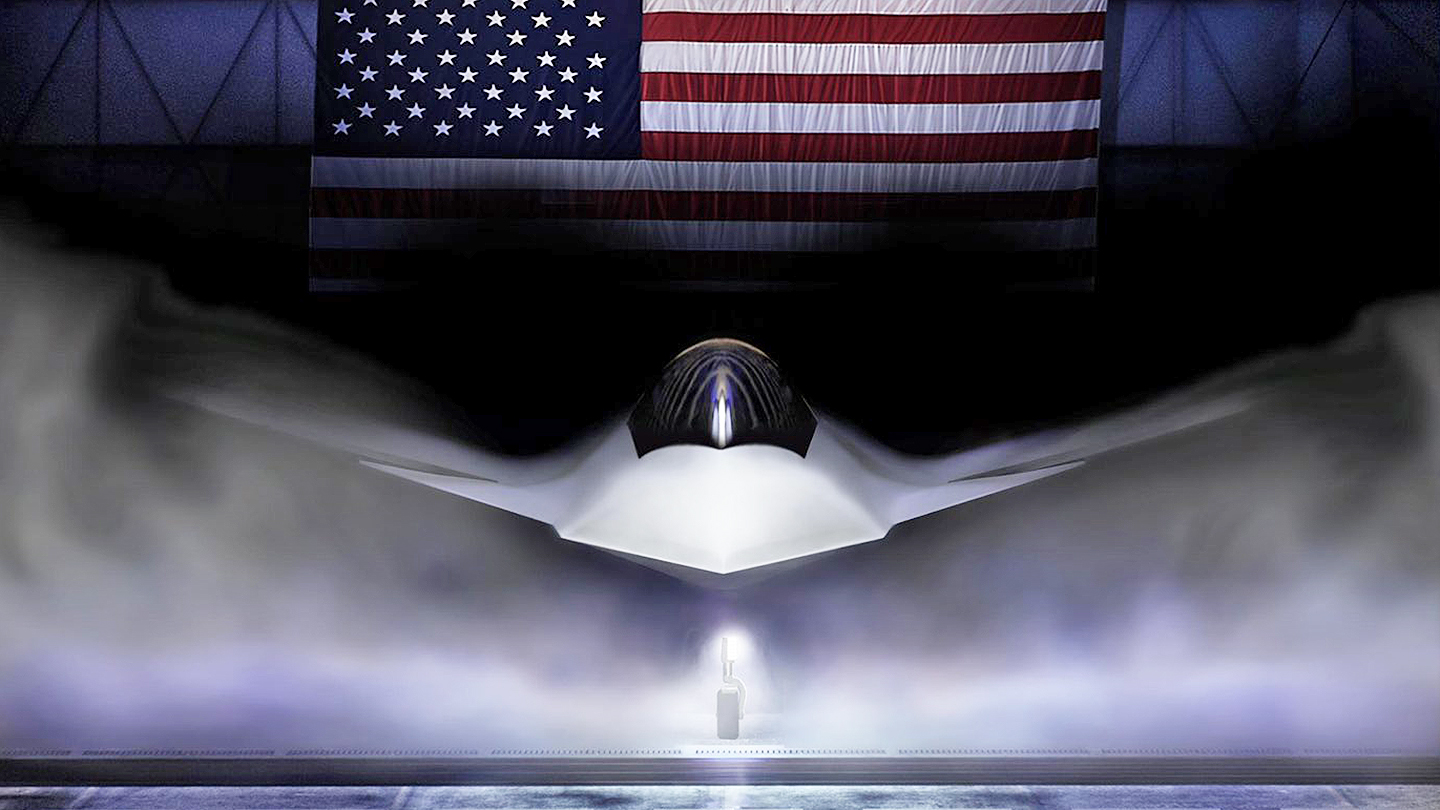

Boeing’s upcoming F-47, the United States’ flagship sixth-generation fighter jet developed under the Next Generation Air Dominance (NGAD) program, promises to redefine air superiority with its advanced stealth, Mach 2 speed, and integration with autonomous drones. However, despite its technological prowess, the F-47 may face significant hurdles in securing export markets—a critical factor in offsetting its high development and production costs.
Unlike the fifth-generation era, where the U.S. initially dominated with the F-22 Raptor and later the F-35 Lightning II, the sixth-generation landscape is shaping up to be fiercely competitive from the outset, with close U.S. allies and adversaries alike pursuing their own programs, potentially sidelining Boeing’s offering.
Continue readingSOURCE: IDRW.ORG


In a strategic move to modernize its logistical capabilities, the Indian Army has issued a Request for Information (RFI) for the procurement of Logistic Drones tailored for medium and high-altitude operations. This dual RFI, targeting Logistic Drones (Medium Altitude) and Logistic Drones (High Altitude) along with their accessories, aims to finalize Service Qualitative Requirements (SQRs), determine procurement categories, and identify capable Indian vendors. The Army has set an ambitious timeline, expecting delivery within two years of the contract award, aligning the initiative with the “Make in India” and “Atmanirbhar Bharat” programs to bolster indigenous defense manufacturing.
The RFI reflects the Army’s recognition of drones as a game-changer for logistics in the challenging terrains along India’s northern borders, including Jammu & Kashmir, Ladakh, Himachal Pradesh, Uttarakhand, Sikkim, and Arunachal Pradesh. These regions, marked by rugged mountains and extreme weather, pose significant hurdles to traditional supply chains, particularly for forward posts in remote areas. The drones are envisioned as a solution to provide an “operational logistic surge,” ensuring timely delivery of critical supplies to troops stationed at altitudes of up to 3,000 meters for medium-altitude variants and up to 5,000 meters for high-altitude models.
Continue readingSOURCE: IDRW.ORG


In a significant step toward enhancing its artillery capabilities, the Indian Army, under the aegis of the Ministry of Defence, Government of India, has issued a Request for Information (RFI) to procure rocket ammunition for its in-service 122mm Grad BM-21 Multi Barrel Rocket Launcher (MBRL) system. The move underscores the Army’s intent to strengthen its firepower across diverse terrains, from plains and deserts to high-altitude mountainous regions, ensuring operational readiness for a range of artillery tasks. With this RFI, the Army is reaching out to Original Equipment Manufacturers (OEMs) and authorized Indian vendors to identify capable partners for this critical project.
The 122mm Grad BM-21, a Soviet-origin MBRL system, has been a mainstay of the Indian Army’s rocket artillery regiments for decades. Known for its rapid salvo capability, the system can unleash a barrage of rockets to saturate targets, providing crucial fire support in both offensive and defensive operations. The RFI specifies that the new ammunition must be compatible with the existing in-service launchers, which feature launch tubes approximately 2.8 meters in length. This ensures seamless integration without necessitating modifications to the current fleet—a practical consideration given the system’s widespread deployment.
Continue readingSOURCE: AFI


On Pakistan Day, the Pakistan Air Force (PAF) released a stirring promotional video paying tribute to the resilience and spirit of the entire Pakistani nation. The video, a blend of patriotic fervor and military pride, showcased the PAF’s dedication to defending the country’s skies. However, amidst the grandeur of the tribute, a subtle yet telling detail emerged—evidence of the PAF’s persistent preoccupation with the Indian Air Force’s (IAF) Su-30MKI, a formidable multirole fighter jet that continues to dominate discussions within Pakistan’s military circles.
The promo video featured a segment with Squadron Leader and an instructor from the PAF’s 9 Griffins Squadron briefing their team ahead of a planned sortie. What caught the eye of keen observers was the presence of a scaled-down model of the IAF’s Su-30MKI in their hands during the briefing. This wasn’t a mere prop—it was a clear indication that the PAF’s training and tactical planning remain heavily centered on devising counter-strategies to tackle this Russian-origin aircraft, affectionately nicknamed “Rambha” by Indian forces. The inclusion of the Su-30MKI model underscores how deeply the aircraft has embedded itself in the PAF’s operational psyche.
Continue readingSOURCE: AFI
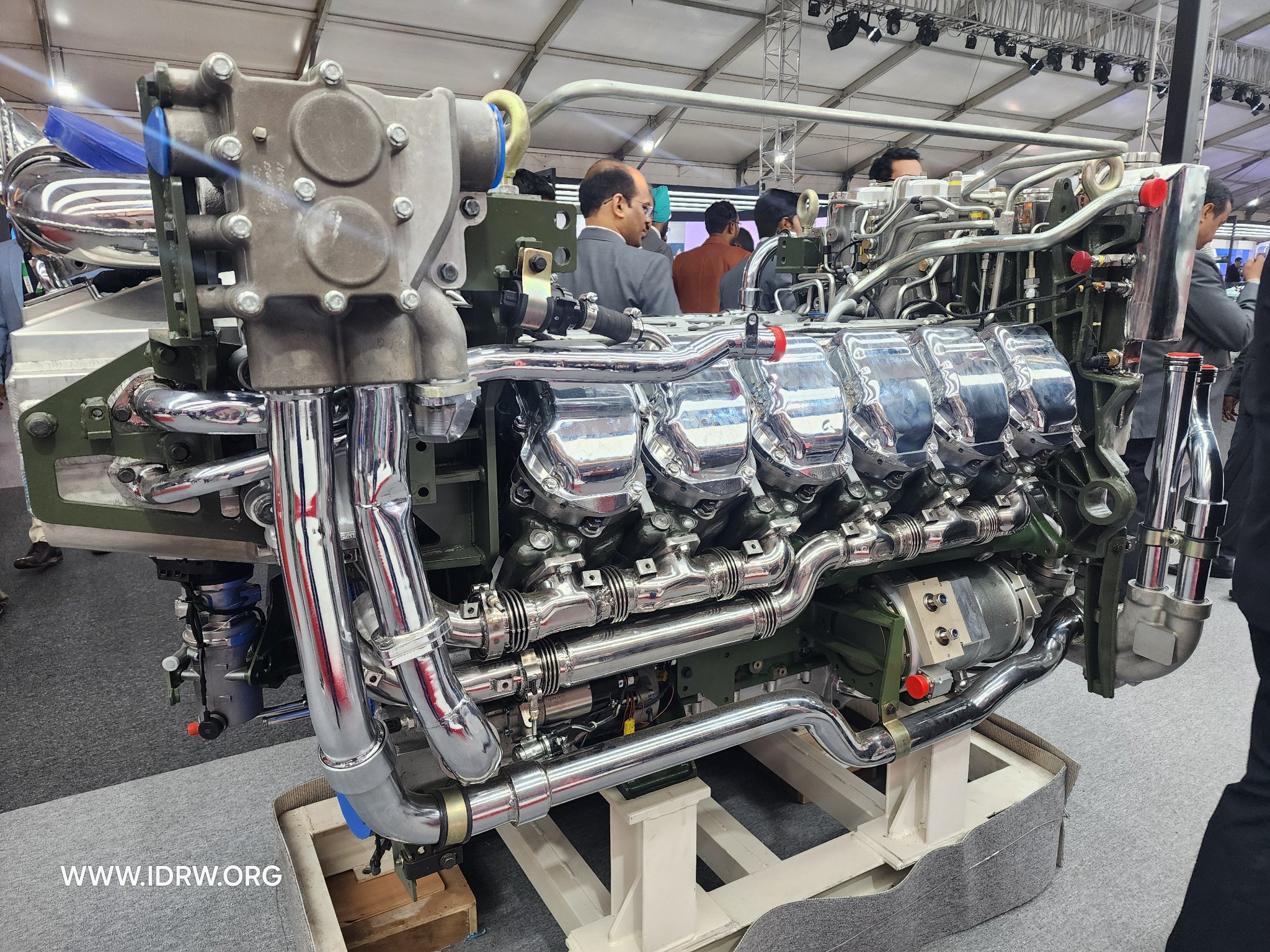

The realm of military engineering, particularly in the domain of Main Battle Tanks (MBTs), hinges on the performance of powertrains that drive these behemoths across diverse and often unforgiving terrains. The development of India’s indigenous DATRAN 1500 engine, a collaborative effort between the Defence Research and Development Organisation (DRDO) and Bharat Earth Movers Limited (BEML), marks a significant milestone in the country’s pursuit of self-reliance in defense technology.
This article delves into a detailed comparison of the DATRAN 1500 with its global counterparts in the same class—the MT 883 Ka 501 from Germany, the Batu from Turkey, and the DV27K from South Korea—showcasing how India’s offering stands tall in a competitive landscape.
Continue readingSOURCE: AFI


The Indian Army has taken a strategic step toward bolstering its battlefield deception tactics by issuing a Request for Information (RFI) for the procurement of 54 sets of Inflatable Mock-Up Bridges. This innovative acquisition includes 48 mid-sections and 6 end-sections, designed to mimic the appearance and signatures of the in-service Ponton Modular System (PMS) Bridge. The RFI, aimed at identifying capable vendors and Original Equipment Manufacturers (OEMs), underscores the Army’s intent to deploy these decoys across desert, semi-desert, and riverine terrains, enhancing its ability to mislead adversaries in both day and night conditions.
The Inflatable Mock-Up Bridge is engineered to be a near-perfect replica of the PMS Bridge, a modular bridging system used by the Indian Army for rapid river crossings and logistical support. In the visual spectrum (380 to 780 nm), the mock-up must be indistinguishable from the real thing when viewed from 500 meters during daytime under clear, bright sunlight, and from 100 meters at night under full moonlight. This level of fidelity ensures that enemy reconnaissance—whether human or optical—struggles to differentiate the decoy from an operational bridge at operational distances.
Continue reading